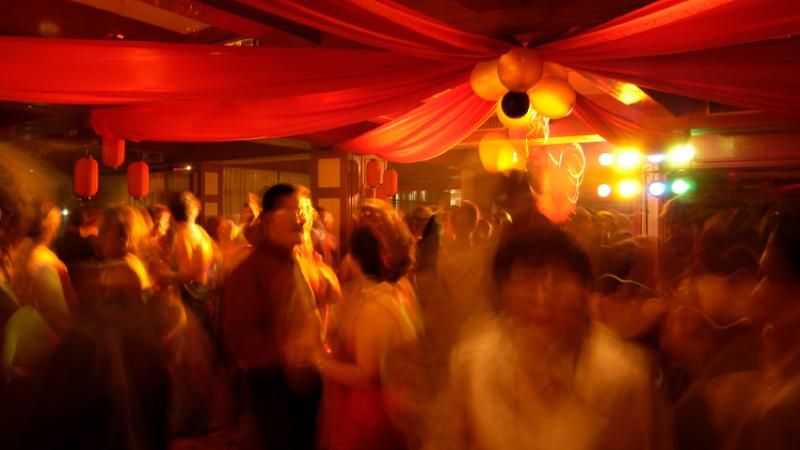"Meeting spaces" are buildings or areas where people can gather, hold meetings or conferences, attend performances, shows or classes, enjoy recreational (or other) actvities or consume food and drink. Here are a few examples:
- large reception rooms
- nightclubs, bars
- restaurants
- cinemas, performance halls, large conference rooms, etc.
- arenas, stadiums and schools
The occupancy of these spaces is usually very dense. This concentration of occupants can cause problematic situations when emergency evacuation is required.
As the owner or manager of a meeting space, you have a number of responsibilities for your safety and that of your clients and employees. You are responsible for the safety of the people who frequent your meeting space, whether they work there or gather there.
Basic notions of fire safety and equipment are indispensable. You are responsible for ensuring that that this equipment is available and working properly.
Number of people
A number of criteria are used to determine the maximum number of people your space can hold; the width of the exit doors, hallways, stairwells and the dimensions of open spaces are the main ones. Obviously, it is prohibited to exceed the capacity of your space's emergency exits. Building professionals such as architects, engineers or technologists can calculate the capacity of your floor space and emergency exits.
Capacity map
Overpopulating your spaces exposes your guests to real dangers if they should need to evacuate in the event of a fire. Owners and operators of meeting spaces must display and comply with a capacity chart issued by the fire department. You must never exceed the number of people allowed by your capacity chart. Usually, manual counters are used by security staff or porters to keep track of the number of people in the space. Automatic turnstiles can be used at the entrance to provide a specific count of the number of people in the space.
Applicable legislation:




